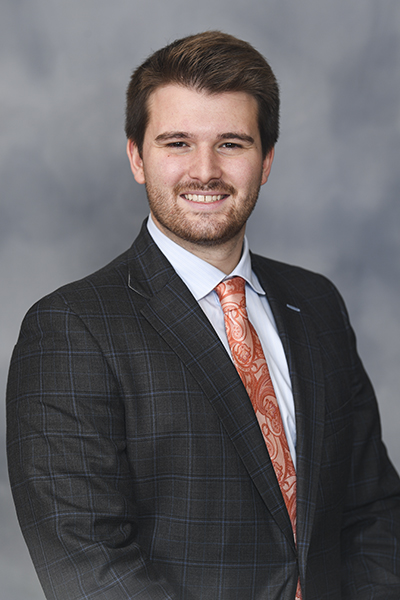|
Getting your Trinity Audio player ready...
|
Bennett Sciacca’s path to working for the New York Mets started humbly—with a part-time gig as a sales associate at the Mets memorabilia shop. Fresh out of business school at Hofstra University, Sciacca saw it as a way to start from the bottom and work his way to the top.
Six years later, as manager of procurement and capital projects for the team, he regularly faces unique challenges—particularly after taking on a new leadership role at the end of 2019, right before the COVID-19 pandemic forced the sport to change the way it conducted its games.

When the 2020 season was suspended in the wake of the pandemic, Sciacca and his team at the Mets spent the year planning and executing a number of construction and capital projects to redesign Citi Field, its home field, into a venue that would get fans back in the stands safely and quickly. While it required changing the way baseball venues have been built and structured since their inception, Sciacca also sees new opportunities for fan and sponsor engagement.
A major component of Sciacca’s role is managing relationships with a host of vendors and stakeholders, a task he relishes. As lead of procurements and capital projects, one of his most important tasks is getting to know the stakeholders and what’s important to them, then taking those priorities into account for every project. “They need to be able to trust that you, as a project manager, will take their concerns and ideas seriously,” he explains. Building a list of vendors he can trust and rely on to come through in a pinch is especially important.
This doesn’t just apply to vendors and internal staff: Sciacca considers Mets fans to be the team’s most important stakeholder and keeps the fan experience in mind at all times. He frequently asks himself, “What are we providing for them? Are we keeping them safe?”
Keeping ahead of those concerns, especially in an unpredictable year like 2020, requires a lot of thinking on your feet, says Sciacca. “We try our best to plan in advance when possible, but there’s always going to be something that happens,” he notes. That could be anything from an unexpected problem with the building to executing sponsorship signage and activations that may be agreed to late in the game.
“But I enjoy that,” Sciacca admits. “It’s those pressure situations where you get tested that prove fulfilling.” It helps, of course, that he’s built mutual trust between himself, his team, and his external vendors. “We’re in a really great position to bring together ideas and make things happen quickly.”
That was particularly helpful as the team prepared to kick off its season on April 1 of 2021, with its home opener scheduled for April 8th. While Sciacca and his team had to scramble to get everything ready, he remained confident that Citi Field and the team would be ready to go by the time fans returned to the stands.
It’s the fan experience that has proven to be an interesting challenge for Sciacca, with new federal and state guidelines regarding COVID-19 safety forcing the team to kick off a set of new initiatives to make the most of this new normal.
In addition to new sponsorship activation projects, Sciacca has been hard at work to reconfigure the stands to adhere to state and CDC guidelines. While safety has always been a priority for the Mets, he notes that it will have to be at the forefront of their capital projects moving forward.
“The plan is to open the ballpark at 20 percent capacity to start the 2021 season,” Sciacca says. “And we are doing our best to be in a position to turn around a safe product with the amount of time we have.” That’s reflected in every aspect of the field, including activation and group sales areas. They’ve even been reconfiguring the concession stands to accommodate contactless payment and social distancing.
“The nature of the ballpark is getting people together, right?” Sciacca asks. “So how can we do that safely?”
While overseeing such a dramatic change in the way the Mets welcome fans to Citi Field has been a challenge, it’s one that Sciacca relishes and sees reflected in the rest of the sport. “There’s going to be a window of opportunity for people in all areas of the industry to start innovating,” he says. How do you keep sponsors happy when there’s only 20 percent of the usual number of people interacting with their spaces and viewing their signage? These are the type of questions that Sciacca and his team have had to confront.
“When all is said and done, sports and live entertainment will be different,” Sciacca says. “But I’m happy to be in a position to contribute to the changes in a positive and tangible way.”


